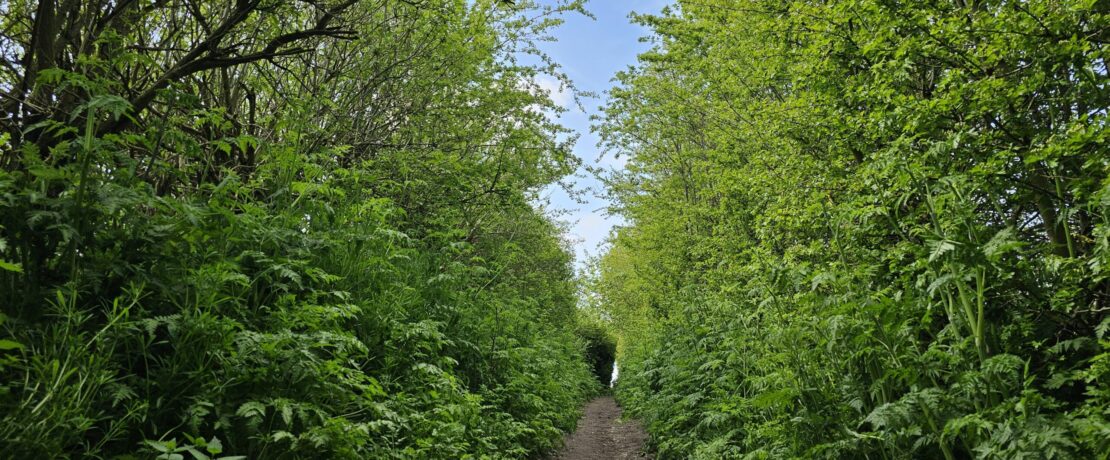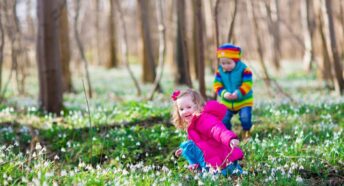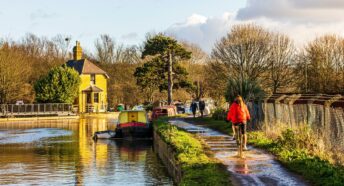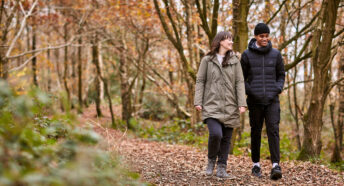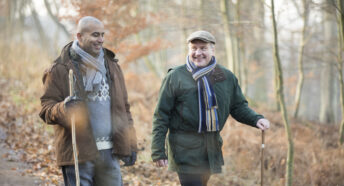Hedgerow wildlife in May
Wondering what that flower was you saw in your hedgerow during Hedgelife Help Out or that rustle in the undergrowth? Take a look at the 10 most common species you’re likely to notice on and around a hedgerow in May, chosen by our friends at the Tree Council.
1. Hawthorn
Traditionally, the sight most associated with our hedgerows in May is hawthorn, which can start coming into blossom around now. It’s often called May blossom and used in springtime celebrations. In fact, it tends to be the second half of the month that it can be seen more reliably. As a result, some springtime traditions associate it with Whit Sunday at the end of the month rather than May Day itself.
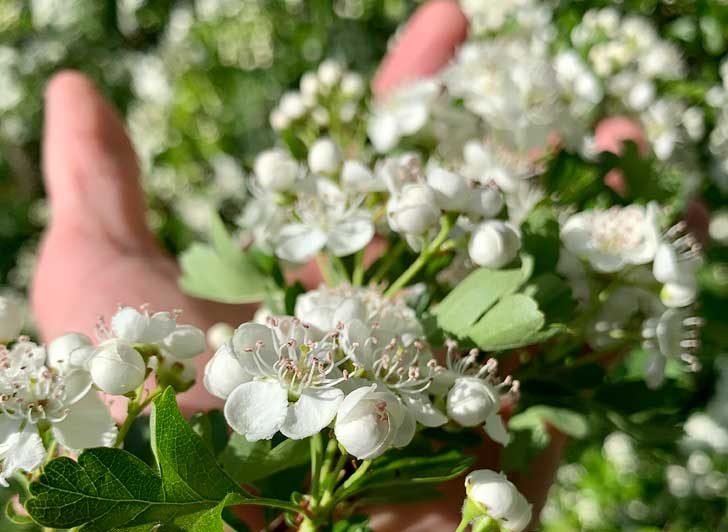
Nevertheless, its bright white flowers and fresh green irregular leaves – slightly nutty to taste – are a sign that the season is on the move and your hedgerow is thriving.
2. Blackthorn
Sometimes mistaken for May is blackthorn, but it appears earlier. The frothy clusters of white blossom you see in early May is actually more likely to be blackthorn, particularly in the north. The blossom appears well ahead of the leaves, along with the thorn after which it’s named. It’s common in our hedgerows and scrubland, the same territory that hawthorn enjoys. But mind those spikes!
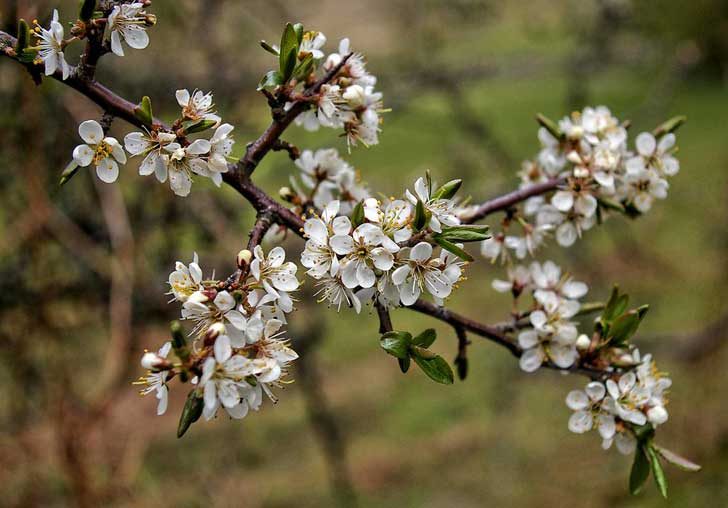
3. Field maple
Alongside these hedgerow stalwarts, you may also see field maple blossom. It’s very different from the hawthorn – a greenish-yellow blossom in clusters and broader maple-shaped leaves that are curvier than its maple and sycamore relations. You’re most likely to see it on chalk lowlands.
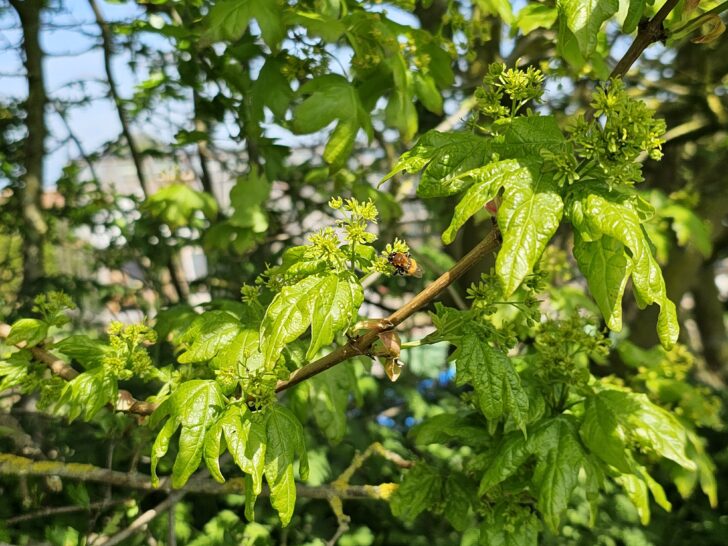
Field maple is attractive to aphids and their predators, such as ladybirds, hoverflies and birds. The flowers provide nectar and pollen sources for bees and birds – and many moth caterpillars enjoy a nibble on its leaves.
4. Elder
Elder may be just blossoming in some places but it may be a tad too early for most of the country. This one’s a forager’s delight. The flowers have that delicious scent you’ll recognise from elderflower cordials and you can gather the berries for wine-making later in the year.
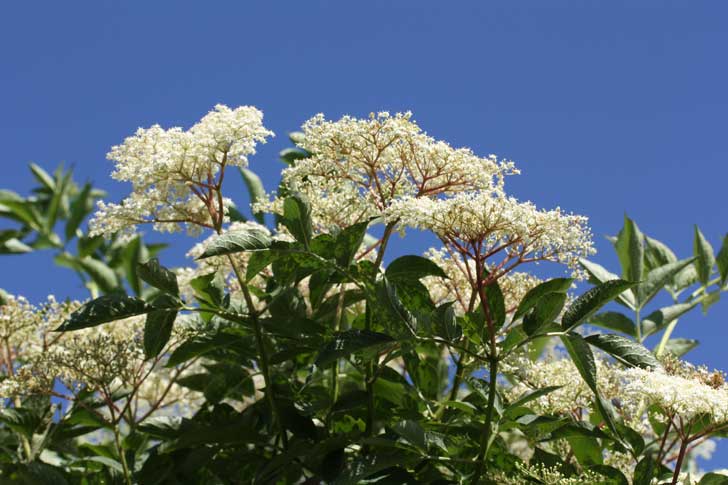
5. Garlic mustard
Once you’ve enjoyed the blossoms in the hedgerow, cast your eyes down a little and see what flowering plants you can see taking shelter by it. Common everywhere, including our town and city hedges, is Jack by the hedge. It’s around two-thirds of a metre in height with lacy white flowers and bright green leaves. This aromatic plant is also known as garlic mustard and is good as a herb – although the leaves start to toughen once the flowers appear.
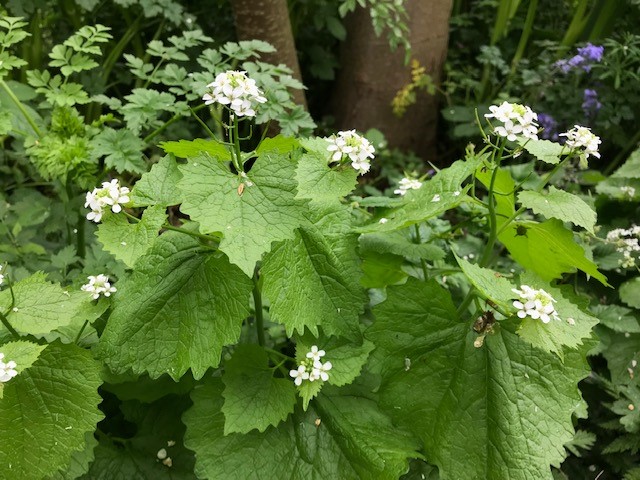
6. Germander speedwell
If you’re seeing a small blue flower closer to the ground, it could be Germander speedwell, sprawling in the grass by a hedge. The flowers have tiny white dots in their centre and the leaves and stems are slightly hairy.
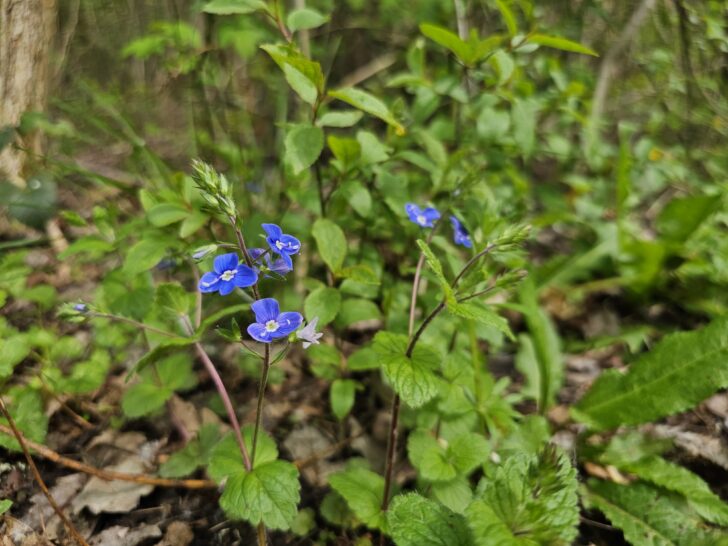
You can tell it apart from other speedwells by seeing if has two lines of those fine white hairs on opposite sides of its stems. It’s a popular nectar source for solitary bees so listen out for the buzz!
7. Bluebell
Often associated with our woodlands, bluebells also like the shelter of a hedge and so you might well find them nestling near yours if it’s a bit damp. English bluebells tend to be a deep blue with a hint of purple with drooping heads of bell-like flowers which flower on one side of the stem. However, bluebells hybridise easily and so could be pink, purple or white. Their nectar is important for a range of butterflies, hoverflies and bees, especially as they appear relatively early. If it’s a slightly humid day you might be lucky enough to get some of that gorgeous scent.
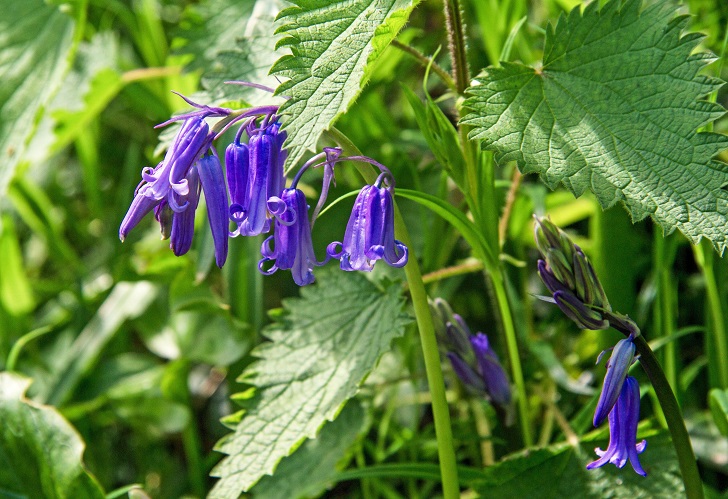
8. Swallow
You’ll have realised by now that our hedgerows provide a larder for a whole range of insects. Taking advantage of their presence, swooping around and high above the hedge you may see swallows, fresh from their migration south and peckish after the long journey.
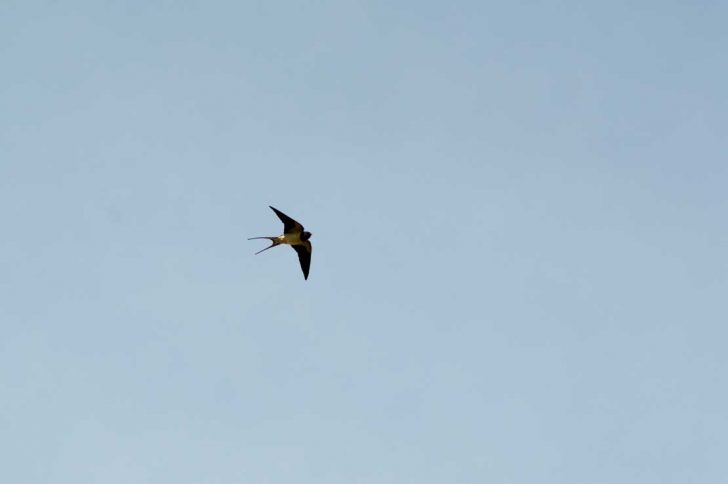
9. Dunnock
Less graceful, but named for their environment, the dunnock is often that small brown bird you’ll see among the branches, often nesting in the depth of the hedge. Sometimes called a hedge sparrow, they are similar to house sparrows but have slightly more even grey and brown markings. A fast warbling song and they’re off.
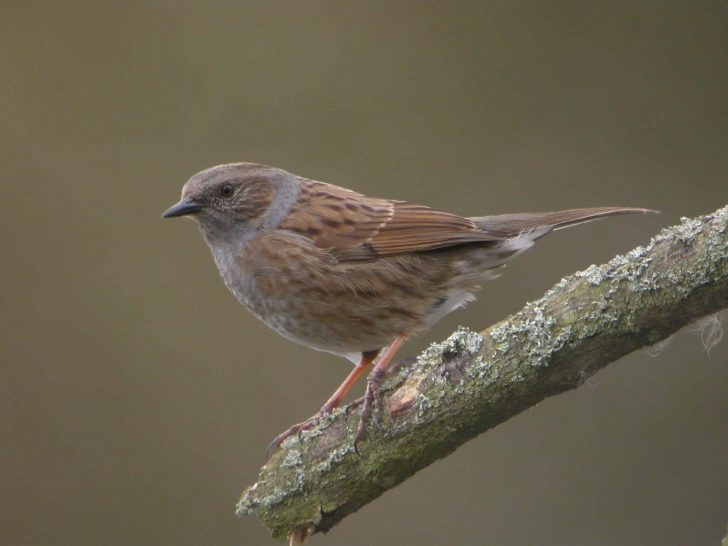
10. Wren
Low in the hedgerow and even shyer and smaller than the dunnock? It could be a wren, one of our smallest birds. Wrens like to rummage through the undergrowth for insects and spiders. Its distinctive perky tail makes it easy to identify despite its timid tendencies. It has a lovely and surprisingly loud trilling song which you may hear well before you see it.
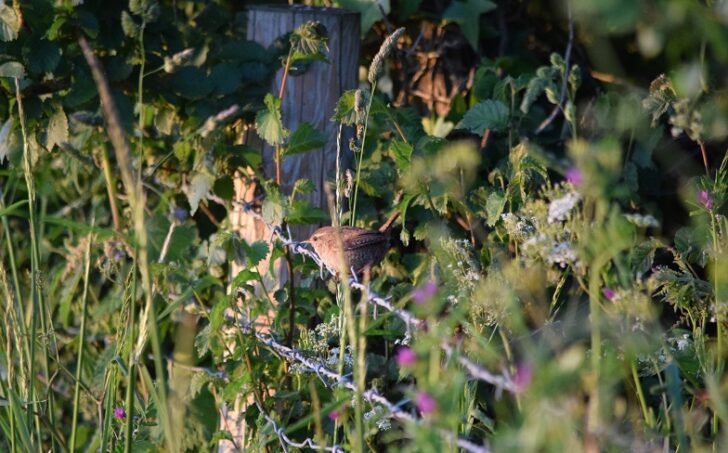
Enjoying taking a closer look at hedgerows? Look for opportunities to find out more hedge facts in National Hedgerow Week – and if you’re a really keen spotter, check out the People’s Trust for Endangered Species Great British Hedgerow Survey.
